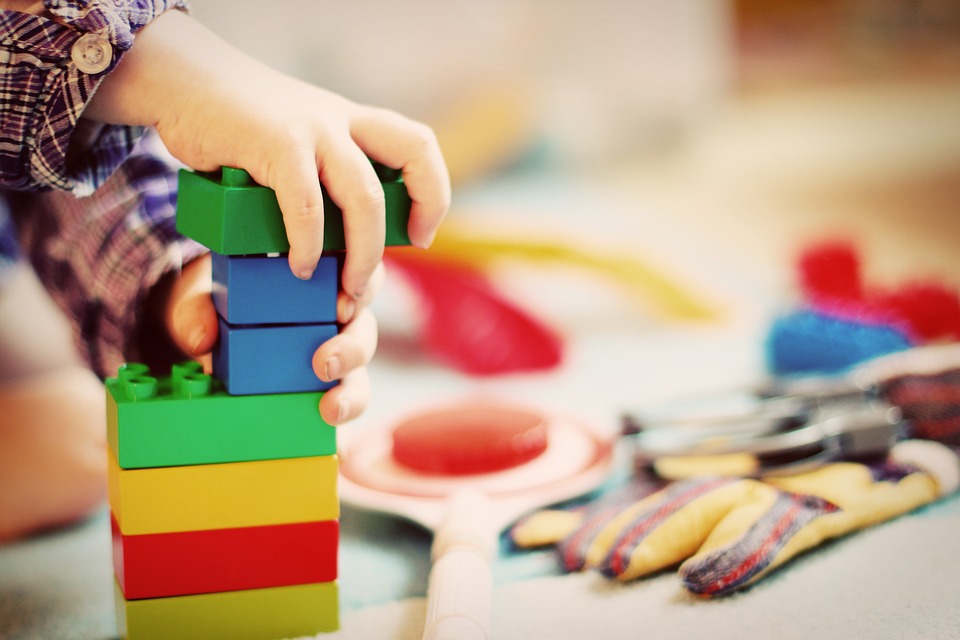
Pediatric physical or occupational therapists provide education and therapy for children and their families. These therapists work with children in the age range from birth to eighteen years old; they treat a variety of conditions that may offer special challenges for children’s physical and mental development. Pediatric therapists work with children who have been diagnosed with a variety of conditions, ranging from autism to organ transplants. They also treat children who have not been diagnosed but who may need help the meeting developmental milestones.
Pediatric physicians monitor major milestones for children as well as warning signs.
Milestones for infant and toddler development are understood as occurring in age ranges. For example, children of 0 to 3 months old use their eyes to follow movement and are beginning to smile. Parents and family can access information about developmental milestones through their primary care physicians’ office and through health websites such as http://www.cdc.gov/ncbddd/actearly/milestones/. Pediatric therapists aim to intervene as early as possible in a child’s growth and development. They begin with a diagnostic exam. Through guided play and other activities in weekly sessions, therapists promote a child’s development, and activities with parents and caregivers are equally important.
Key Takeaways:
http://ravallirepublic.com/lifestyles/health-med-fit/article_5a52e54e-a63b-11e6-9a92-3f9b3178dee4.html
Do You Need help with a Learning Difficulty?
Our simple online analysis will help you get to the core of the problem and find the right solution for you.
Understanding how to help someone with a learning difficulty starts with understanding which micro-skills are affected. When you learn which of the micro-skills is the problem, you will then be on your way to solving it.
You'll also learn how to:
- Build confidence
- Enhance Learning ability
- Eliminate avoidance
- Build grit
You can get this analysis for free by filling out this simple form. This will help you get to the bottom of a learning difficulty and provide you with a solution. If you are ready to put this problem behind you click the button below and fill out the form.


